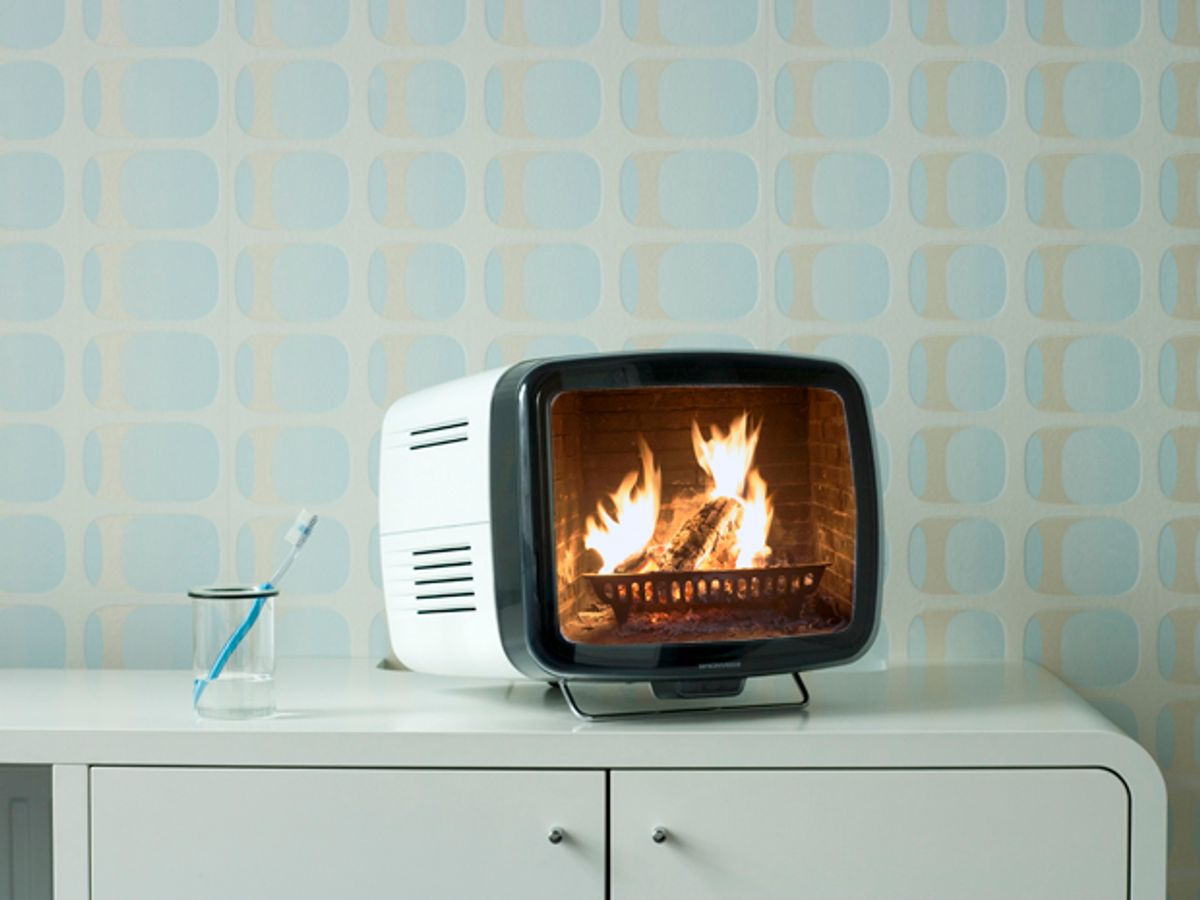Data centers have no use for all of the waste heat that they generate, but there are plenty of situations in which waste heat isn’t wasted at all: say, inside your house, in the middle of winter, especially if you live somewhere cold. The obvious solution here is to just live in a data center and bask in its warmth, or slightly less ridiculously, put a very small data center in your home or office that generates a useful amount of heat on demand.
In 2011, Microsoft Research published a paper [PDF] suggesting that it might make a lot of sense (i.e. be commercially viable) to use cloud computing servers installed in homes and offices to provide inexpensive, efficient heat and hot water.
The consumer wins because they get free heat, and the cloud computing company wins because they don’t have to build and maintain huge data centers. This “data furnace” concept seems like the proverbial win-win, and several different companies have started trying to make it happen.
Cloud&Heat is a German company that has started offering “distributed cloud heaters,” which are big insulated metal cabinets that access your water tank and are crammed with hard drives, controller boards, and some fans. The idea is that you’d buy and install one of these cabinets for about the same cost as a conventional heating system, and hook it up to your ducting, water system, electricity (3 phase at 400v), and Internet (at least 50 Mbit/s). Cloud&Heat pays for the Internet connection and the power required to keep it running, and you get as much warm air and hot water as the servers in the box can produce, free of charge, as it quietly performs cloud computing tasks.

Meanwhile, Cloud&Heat doesn’t have to worry about much of the datacenter infrastructure costs that are typically associated with cloud computing platforms. It also gets access to a very well distributed network, which helps to insulate it against some hardware and software issues. Cloud&Heat will cover all maintenance (and liability) for 15 years, and data security is probably not as much of an issue as it might seem: the cabinets are locked, the data are stored redundantly, and everything on the disks is encrypted.

A French company called Qarnot is pursuing a similar idea, but with more of a focus on single-room heating with high performance processors. The Q.rad is an electric radiator with a temperature output directly proportional to how much data it’s trying to crunch. Once installed in your house, it provides heat whenever you need it, either selling its processing power to Qarnot’s clients when you ask it to get warmer or, if demand is low, donating cycles to research projects UC Berkeley’s BOINC. Just like Cloud&Heat, Qarnot covers the electricity costs, considering the money it saves on infrastructure a fair trade.
Both Cloud&Heat and Qarnot are in the early stages of executing this concept, although it looks like Cloud&Heat is a bit farther along, with more of a focus on commercial spaces like offices where more units can be installed in one place. It’s going to take a few years at least to establish these “data furnaces” as viable replacements for both conventional heating systems and conventional data centers, but if they fulfill their promises, our only question is when we’ll see a company in the United States take a crack at the idea.
Evan Ackerman is a senior editor at IEEE Spectrum. Since 2007, he has written over 6,000 articles on robotics and technology. He has a degree in Martian geology and is excellent at playing bagpipes.



